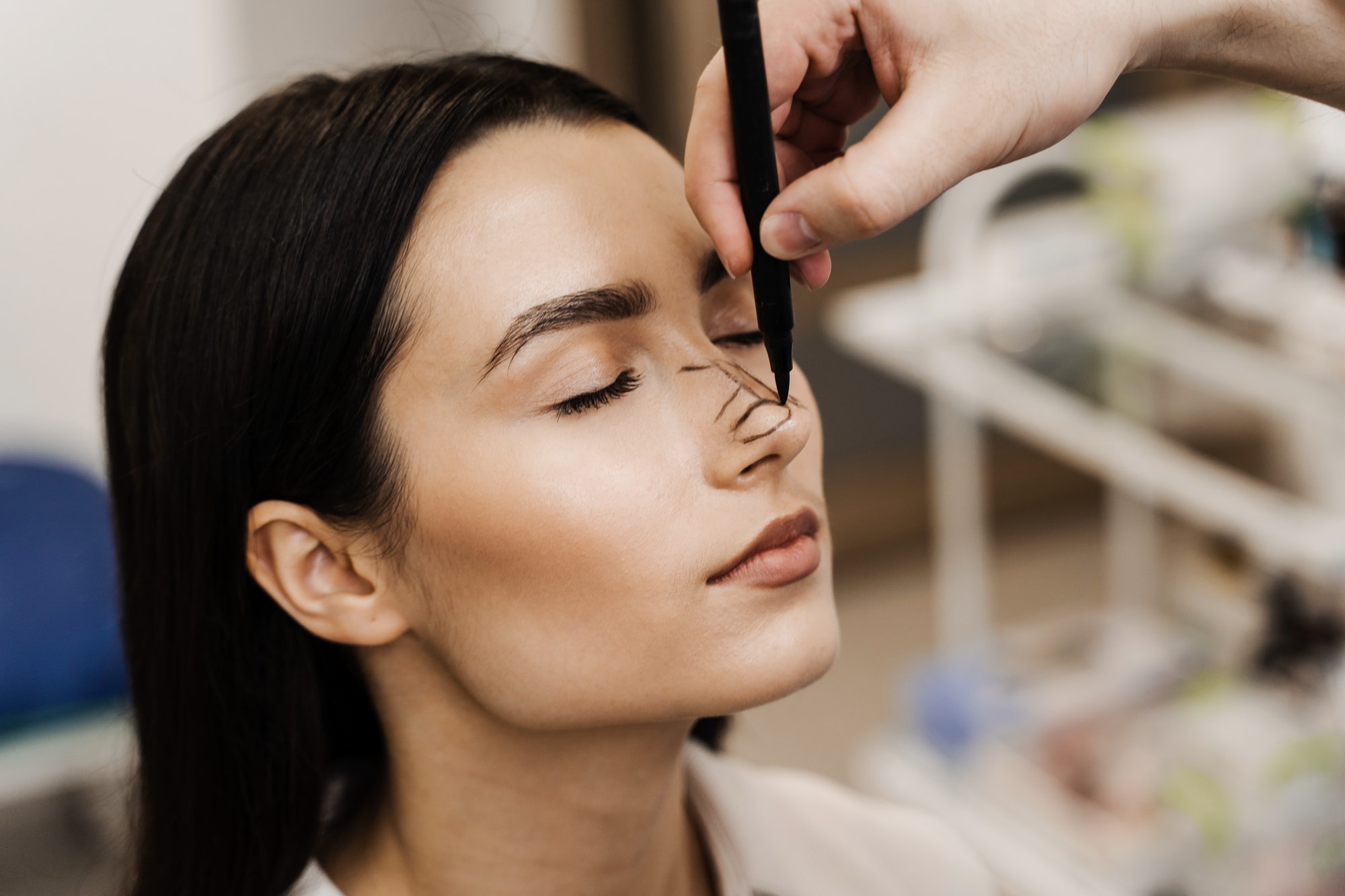Structural vs. Preservation Rhinoplasty: Which Approach is Right for You?

Rhinoplasty, often referred to as a nose job, stands as one of the most popular and intricate cosmetic procedures in the world of plastic surgery. Over the years, as techniques have been refined and knowledge has expanded, rhinoplasty has seen significant evolution in its approach. At the forefront of this evolution are two primary techniques: structural rhinoplasty and preservation rhinoplasty. Each offers unique advantages and considerations. But how do they differ, and which one might be the right choice for potential candidates? Let’s embark on a detailed exploration.
-
A Deeper Dive into Rhinoplasty Techniques
Rhinoplasty is not merely about changing the shape or size of the nose. At its core, it’s a delicate balance between aesthetic enhancement and preserving or improving nasal function. Over the years, as the field of plastic surgery has advanced, surgeons have introduced and refined a myriad of techniques. Among these, structural and preservation rhinoplasty have risen to prominence, each offering distinct methodologies and outcomes.
-
The Fundamentals of Structural Rhinoplasty
Often referred to as “traditional” or “open” rhinoplasty, structural rhinoplasty is a technique that has been practiced and perfected over many decades. This approach:
- Involves making carefully placed external incisions, typically across the columella, to fully expose the underlying nasal structures.
- Grants the surgeon unparalleled visualization and access, allowing for meticulous modifications.
- Frequently requires the use of cartilage grafts, sourced either from the patient’s septum or other areas, to support or augment the nasal structure.
- Is celebrated for its versatility, making it a go-to choice for addressing a wide range of nasal concerns, from pronounced humps to complex structural issues.
-
The Essence of Preservation Rhinoplasty
Emerging as a more contemporary approach, preservation rhinoplasty focuses on minimizing disruption to the nose’s natural anatomy. This technique:
- Is centered around the principle of preserving as much of the nasal ligaments and tissues as possible.
- Typically involves more conservative dissections, which can lead to reduced post-operative swelling and a quicker recovery timeline.
- Emphasizes finesse and subtle refinements, often avoiding dramatic alterations.Has become increasingly popular among candidates who desire natural-looking enhancements and wish to minimize surgical downtime.
-
A Side-by-Side Comparison: Benefits and Limitations
- Benefits:
- Structural Rhinoplasty: Its comprehensive nature allows for transformative results, making it an excellent choice for those seeking significant changes or those with more complex nasal issues.
- Preservation Rhinoplasty: Known for its less invasive nature, it often leads to a swifter recovery, minimized surgical trauma, and results that seamlessly blend with the patient’s natural features.
- Limitations:
- Structural Rhinoplasty: The more invasive nature can result in more noticeable scarring and a somewhat extended recovery period.
- Preservation Rhinoplasty: Due to its conservative approach, it might not be the best fit for patients who require extensive reshaping or those with pronounced nasal deformities.
- Benefits:
-
Drawing a Conclusion: Making an Informed Decision
The journey to choosing between structural and preservation rhinoplasty is deeply personal and should be navigated with ample research and expert guidance. Both techniques come with their set of advantages and challenges. The optimal approach will invariably depend on a myriad of factors, including the patient’s unique nasal anatomy, their aesthetic goals, and the specific structural challenges their nose presents. As is the case with all cosmetic interventions, gaining a deep understanding of each technique’s nuances, potential benefits, and inherent limitations is pivotal to achieving outcomes that align with one’s vision.
